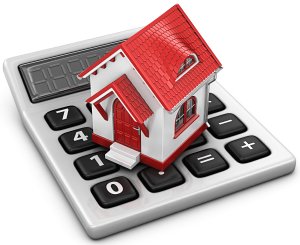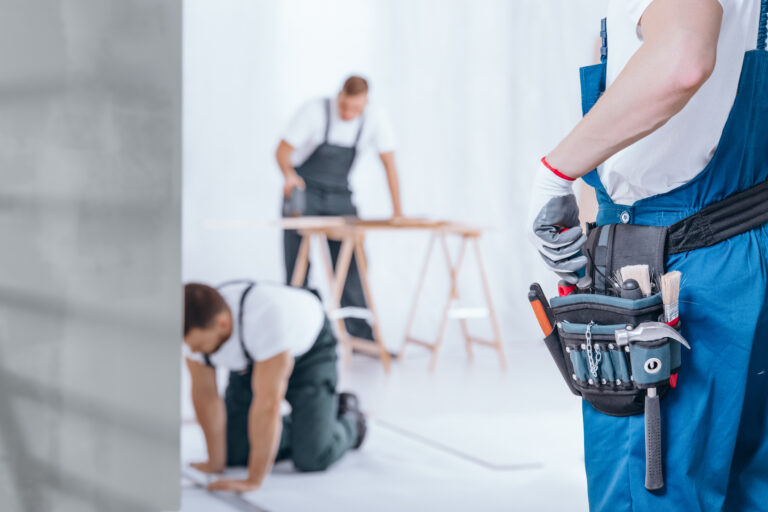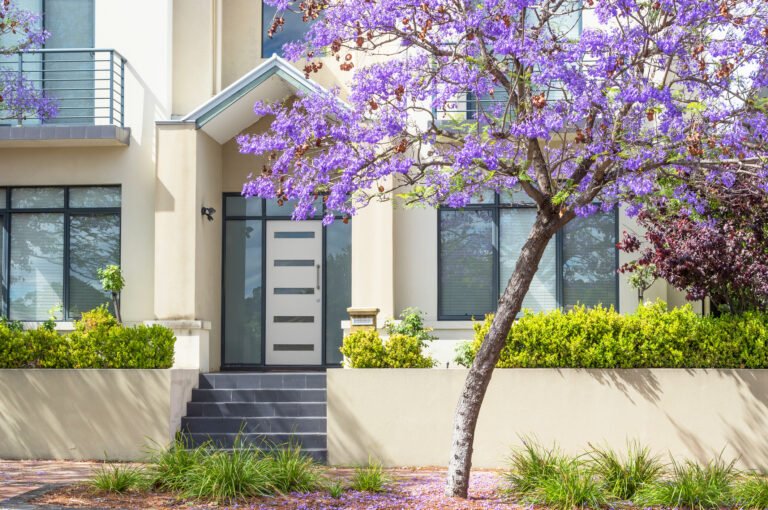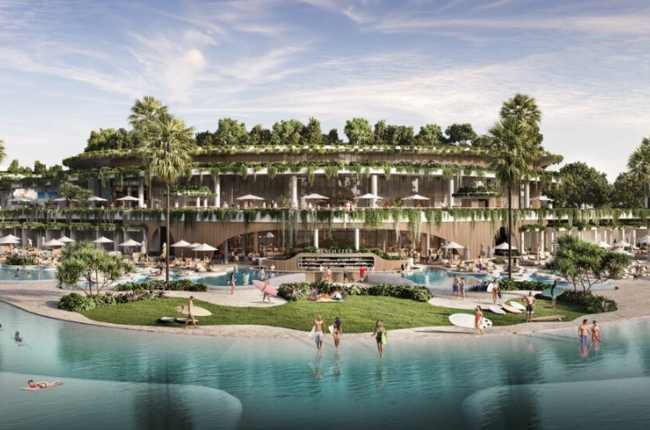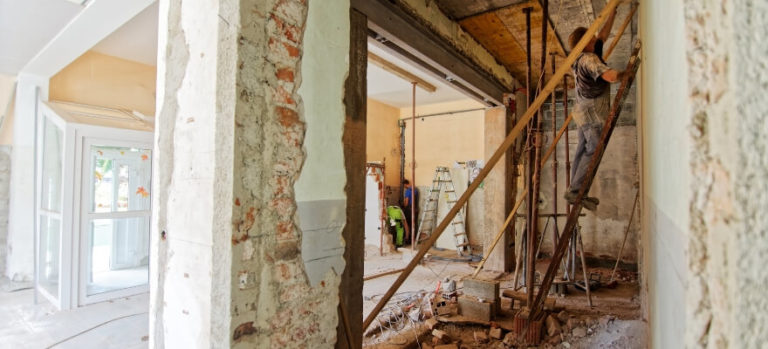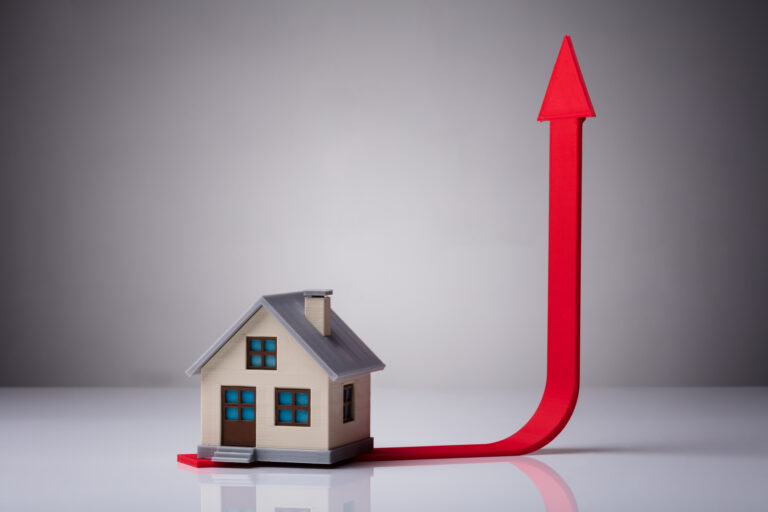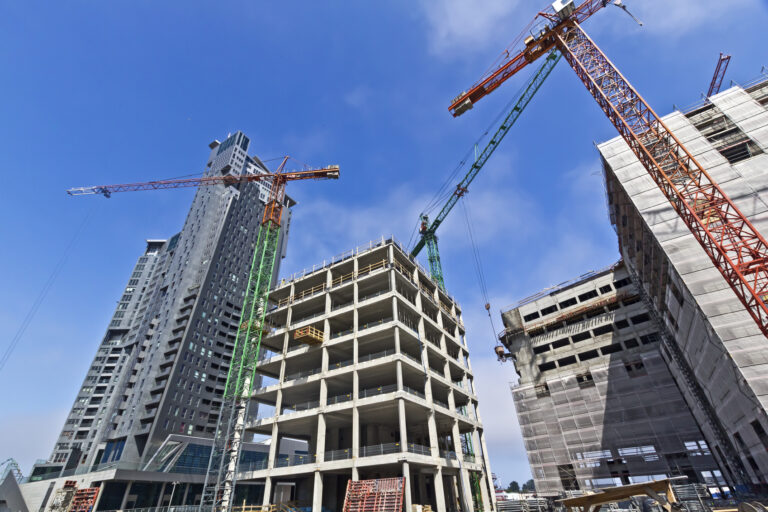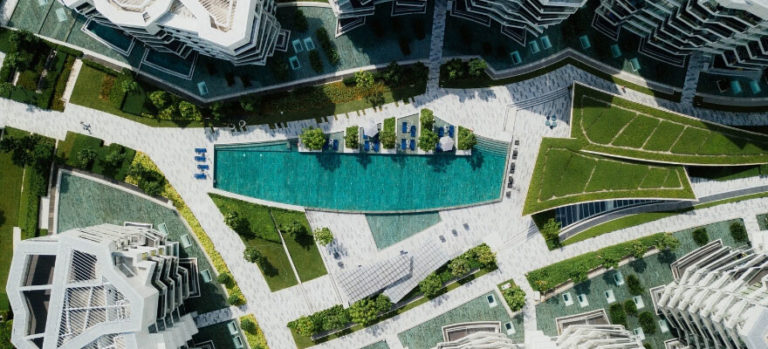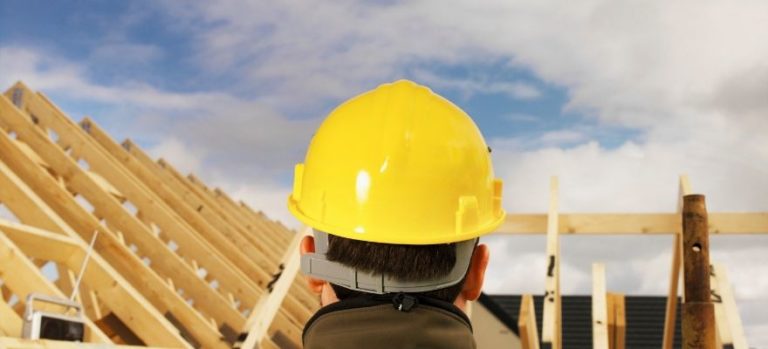The average cost of building a home in Queensland increased by $101,000 in the past two years, partly because houses are getting bigger. Housing Industry Association data shows the average build in Queensland in May was a record $410,126. Senior economist Nick Ward says the figures reflect the impact Covid has had on Queensland’s housing market. “Covid has been a significant shock to housing,” he says. “It has prompted Australians to put a much higher value on their home environment, in particular they want more space at home and better quality, so demand has gone up. “Covid has also put a lot of pressure on international supply chains, so capacity is constrained. So, with demand strong and capacity constrained, the cost increases.” Construction costs increased by 15% in the past year. Costs for houses are also higher because the size of housing being approved has increased. “There’s a bit more house per job,” Ward says
Unit Owners Gain From Joint Sale
Gold Coast unit owners are achieving sale prices up to ten times what they originally paid, as they pool their properties to sell to developers. In one deal 25 unit owners sold collectively for $23 million. In another, a Brisbane-based developer spent $11 million on a collective of 13 apartments across two neighbouring blocks in Rosewood Ave, Broadbeach. The owners within the building had paid up to $500,000 for their units. In a building at Palm Beach, Sydney-based developer Daascon paid more than $6.3 million to six individual owners. Daascon managing director Samy Saad says the site will be used for its first Gold Coast project. “The site’s beachside position along Jefferson Lane, and a stone’s throw to the ocean’s edge, is what we all love about the Queensland lifestyle — a home in the sun and by the sea.” GV principal Antonio Mercuri says more than 90 inquiries and six written offers were received during the Palm Beach campaign.
Quote of the Week
“Covid has been a significant shock to housing. It has prompted Australians to put a much higher value on their home environment, in particular they want more space at home and better quality, so demand has gone up. Covid has also put a lot of pressure on international supply chains, so capacity is constrained. So, with demand strong and capacity constrained, the cost increases.”
HIA senior economist Nick Ward
Rental Markets To Remain Tight
Rents are continuing to rise as vacancy rates drop, with new figures showing the national rental crisis has become even more severe. CoreLogic’s Quarterly Rental Review for the second quarter of 2022 shows compared with June 2021, dwelling rents are up 9% in capital cities and 11% in regional areas. SQM Research has higher figures, with rents up 15% in the past year. Research analyst Kaytlin Ezzy says the national vacancy rate has fallen to a record low of 1.2% from 2.2% at this time last year. The report shows June’s rental listings are 34% below the long-term average. Darwin is the only capital city to record rent growth below 2% while Adelaide had the highest growth during the quarter of 4.3%. CoreLogic research director Tim Lawless believes rental markets will remain tight for some time for a number of reasons including lack of supply, a reduction in investors and growing demand as international migration resumes
Loans Increase Despite Rate Rises
Rising interest rates have not been enough to deter home buyers. Australian Bureau of Statistic lending figures show the value of new housing loan and investment loan commitments rose during May. The value of new owner-occupier loans increased 2.1%, while investment loan commitments rose 0.9%. Real Estate Institute of Australia president Hayden Groves says the number of new loan commitments to first-home buyers grew by 2.3% in May but was 31.6% lower than the same time last year when FHB stimulus packages were in place. “These figures show first-home buyers keen to lock in mortgages as interest rate hikes loom,” he says. According to CoreLogic, home sales are still 16% lower than they were a year ago. National advertised stock levels are about 7% lower than 2021, in Sydney and Melbourne. In Adelaide advertised stock levels are 17% lower than last year and almost 40% below the five-year average, while in Hobart stock levels have lifted.
Unit Demand Puts Pressure On Shortage
New figures show the number of potential buyers looking at apartments has increased in the past year as buyers chase affordability. Figures from realestate.com.au show a significant increase in searches for apartments in the year to June 2022. Brisbane recorded the biggest increase of 60%, followed by Melbourne 53% and then Sydney 48%. PropTrack economist Paul Ryan says rising rents in the past two years may have pushed more people into buying property rather than renting and many of them could only afford to buy units. “Now is the biggest divergence in prices between houses and apartments,” he says. “It’s not that houses are more expensive, it’s that apartments are cheap. PropTrack expects them to outperform over the next couple of years.” Richard Temlett, associate director of property services firm Charter Keck Cramer, says it’s hard to determine when more apartments would be built because of the continuing uncertainty around shortages of materials and rising construction costs
